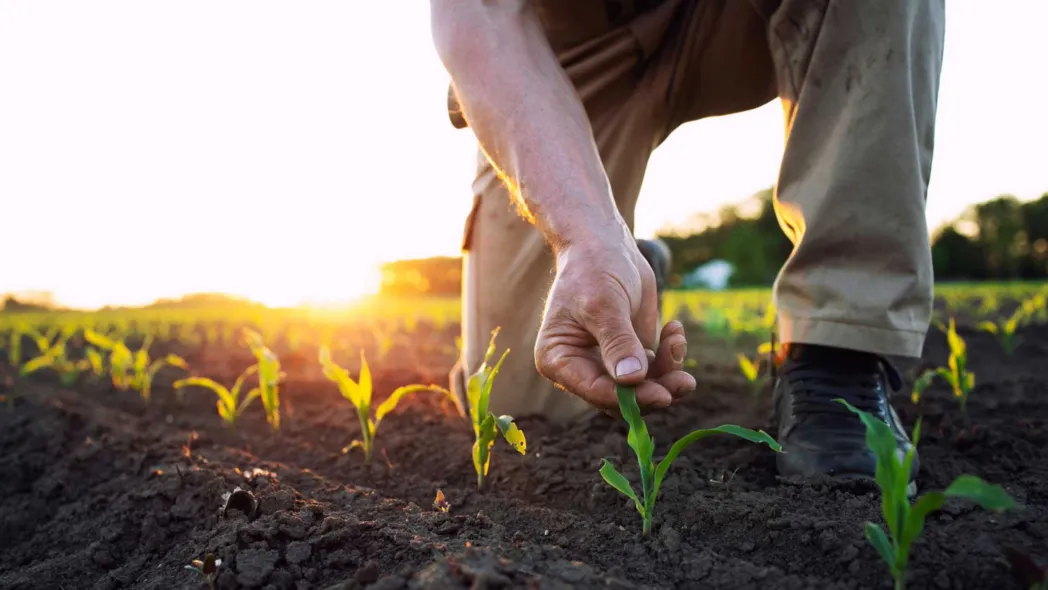The Role of Saudi Agriculture's Contribution to GDP
Saudi Arabia’s economic diversification efforts place a growing emphasis on non‐oil sectors. Among these, agriculture is gaining prominence—even if it still represents a modest share of overall economic activity. As the Kingdom strives to double agricultural output by 2030, recent figures show that Saudi Arabia’s agricultural GDP reached approximately SAR 114 billion in 2024 ($30.38 billion USD). This record achievement reinforces the significance of the Saudi Agriculture GDP Contribution as a vital component of the broader economy.
Vision 2030: Doubling Output and Enhancing Saudi Agriculture GDP Contribution
Under Vision 2030, policymakers are working to transform the agricultural sector. The aim is to raise the Saudi Agriculture GDP Contribution by doubling output compared to the early years of the Vision. This strategy not only supports food security but also diversifies the non‐oil economy. With significant investments directed toward environment, water, and agricultural initiatives, the Government expects to boost local production, thereby contributing more consistently to the national GDP. The Vision’s targets remind stakeholders that every incremental gain in the Saudi Agriculture GDP Contribution paves the way for a more resilient economic future.
Balancing Food Security and Efficiency in Saudi Agriculture GDP Contribution
Food security is another critical element of Vision 2030. The Kingdom is focused on ensuring steady food supplies and price stability while reducing waste across the value chain. Currently, food waste exceeds 33% of total food production, costing around SAR 40 billion annually. One of the Vision’s key targets is to reduce this waste to approximately 15% by 2030. By curbing waste through heightened awareness and supply chain improvements, Saudi Arabia can maximize its Saudi Agriculture GDP Contribution while also enhancing food security. This dual-focus not only protects economic resources but supports sustainable growth in the agricultural sector.
Environmental Challenges and Technological Solutions Impacting Saudi Agriculture Sector
Saudi Arabia’s natural environment imposes significant constraints on its domestic agricultural production—only 1.5% of the country is arable. This limitation has traditionally restricted the Saudi Agriculture GDP Contribution and necessitated a reliance on imports. However, the Kingdom is addressing these challenges with advanced agricultural technologies. Innovations such as drip irrigation, smart water management, and controlled-environment farming are now integral parts of the modernization strategy. These technologies help optimize resource use, increase yields, and gradually strengthen the Saudi Agriculture GDP Contribution even under adverse natural conditions.
Economic Diversification and the Ongoing Impact of Saudi Agriculture GDP Contribution
While agriculture remains a smaller contributor when compared to the oil sector, its role in the non‐oil economy is becoming increasingly important. The state of the Saudi Agriculture GDP Contribution—at 4.3% of non‐oil GDP in 2023—demonstrates both existing challenges and significant potential. Vision 2030’s initiatives aim to strengthen this contribution through targeted investments, technological integration, and efforts to reduce waste. By improving yields and efficiency, the agricultural sector is expected to deliver a more robust and resilient Saudi Agriculture GDP Contribution in the coming years, further diversifying and solidifying the Kingdom’s economic base.
A Steady Path Forward for Saudi Agriculture
The data underscore a clear path for increasing the Saudi Agriculture GDP Contribution within Saudi Arabia’s economic framework. With record agricultural GDP figures, ambitious Vision 2030 goals, and strategic initiatives to reduce food waste and enhance production, the Kingdom is making tangible progress. Although environmental limitations persist, the integration of modern technologies and a renewed focus on efficiency signal a promising future. As Saudi Arabia continues on its path to economic diversification, bolstering the Saudi Agriculture GDP Contribution remains a central objective—one that will help secure food supplies, reduce dependency on imports, and nurture sustainable economic growth.
Also Read: Saudi Agri‑Food Growth: 1.5% Arable Land Factor Drives $11.1B Import Trend







